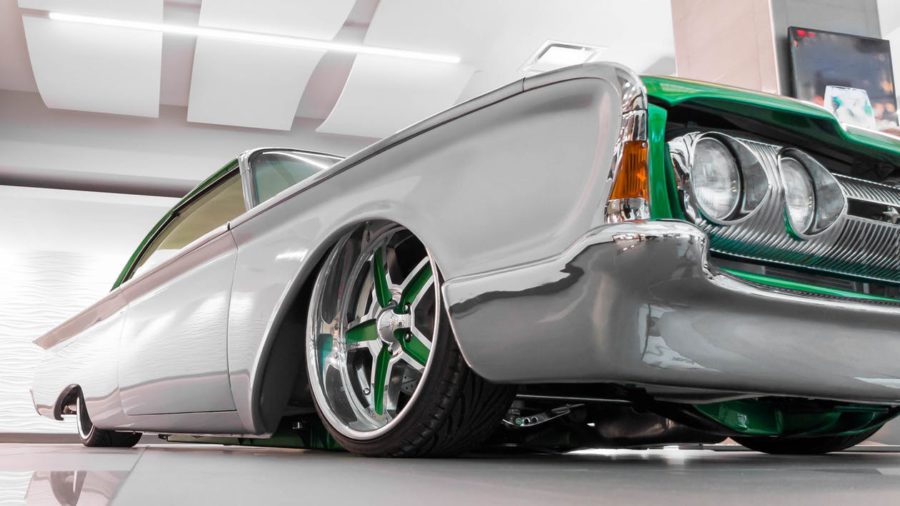Car tyres seem to be simple black and round things, but a big number of misunderstandings that surround them say about the opposite. The fact is that most car owners have no idea about the real tyre physics and believe myths that have little in common with reality. Especially it’s true about tyre wear. Let’s bring them to light and find out what truly wears down tyres.
Myth 1. Tyres wear out within 5-6 years
The wear of a tyre depends on many factors such as the compound it is made of, driving manners, the climate it is used or stored in, the load it carries and its age in the last place. The mileage guaranteed by a tyre manufacturer is very approximate.
Myth 2. If the tyre wasn’t used too much and there is lots of tread left, the tyre is absolutely safe.
It sometimes happens that a particular tyre sees little to no road at all for many years in a row and shows no signs of damage or wear. However, its age is a big concern. The tyre’s compound degrades with the lapse of time becoming more prone to a severe tyre failure on the road.
Myth 3. The tyre is safe until its tread depth is more than 1.6mm.
It’s true that your tyres are ‘legal’ until their tread depth reaches 1.6mm. But it doesn’t mean they offer the same level of safety as the brand new tyres with 8mm of tread depth do. Every millimetre the tyre loses reduces your chances for safety. That is why tyre manufacturers recommend changing tyres at 3mm of the tread depth.
Myth 4. All tyres wear similarly.
Not only driver’s steering, braking and accelerating habits are what defines the speed of a tyre wear. The compound goes a long way too. All-season tyres are considered the most wear-resistant though compromising safety and performance. Summer tyres utilise a very soft compound meaning that they pay tread for high performance. Racing tyres have even softer compound that limits their lifespan to actually hours. The improper conditions the tyre is used at also lead to a preterm wear. Say, if you use winter tyres in summer, their tread deteriorates very fast meaning that you’ll have to buy new winter tyres for the next cold season.
Myth 5. Manufacturer’s tyre pressure recommendations can be sacrificed to performance.
You must have heard of under-inflating tyres that helps achieve a better traction and grip or over-inflation that is alleged to reduce your fuel consumption. You probably have even tried those tricks on your set of tyres. But the truth is: the manufacturer’s tyre pressure recommendations are meant to keep your tyres as safe and durable as possible. Lowering or increasing pressure in tyres, you speed up tyre wear and increase chances of irregular tyre wear that can lead to a pitiful tyre failure.
